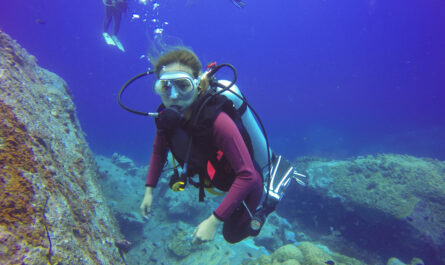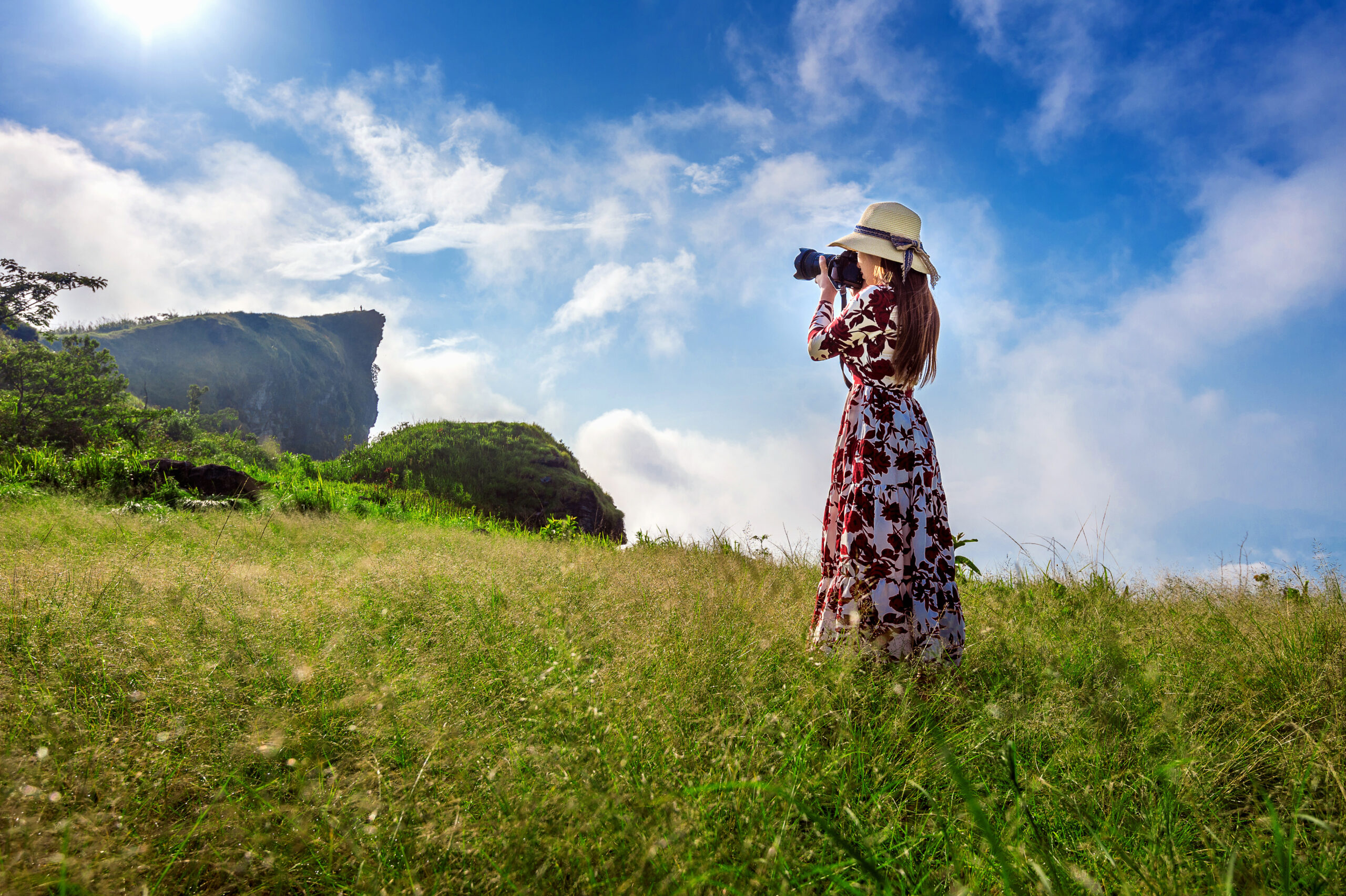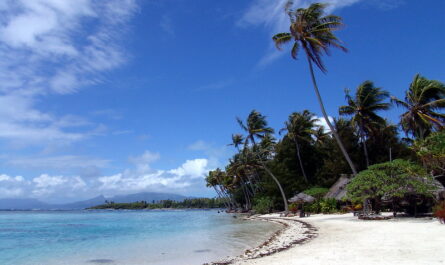Tahiti, the largest of the 118 islands in French Polynesia, has a cultural history shaped by its early Polynesian settlers, encounters with European explorers, and centuries of preserving its indigenous traditions. This vibrant cultural heritage is expressed through the island’s art, religion, dance, and close connection to nature. Let’s embark on a journey through Tahiti’s diverse cultural history, exploring how the island has maintained its unique identity while blending with outside influences.
1. Polynesian Origins and Settlement
Tahiti’s culture is deeply rooted in the legacy of the early Polynesians, who navigated across the vast Pacific Ocean using the stars, ocean swells, and bird migration patterns. These settlers brought with them their rich oral traditions, spiritual beliefs, and communal way of living. The concept of “Mana,” a spiritual life force that exists in people, objects, and nature, was central to their worldview. Society was organized in hierarchical clans, led by chiefs (arii), and the marae (sacred temples) were the centers of religious and social life.
Polynesian voyagers were master navigators, and their legends and oral histories tell stories of these sea voyages, often guided by the stars and the gods. This tradition of exploration and connection to nature remains a significant part of Tahitian identity.
2. Mythology and Spiritual Beliefs
Tahitian culture is rich with mythology. Ta’aroa, the god of creation, is central to Tahitian beliefs, credited with creating the universe, the earth, and life itself. Other gods, such as Oro, the god of war and fertility, and Hina, the goddess of the moon, played essential roles in daily life, rituals, and agricultural cycles.
Many of these rituals took place at marae, sacred stone structures where ceremonies, religious events, and social gatherings were held. While Christianity, introduced by European missionaries in the 19th century, replaced many of the traditional religious practices, the marae still stand as reminders of Tahiti’s ancient spiritual life.
3. Impact of European Exploration
European contact began in the 18th century with explorers like Captain James Cook and Louis-Antoine de Bougainville, who were drawn to Tahiti by tales of its paradise-like beauty. The arrival of missionaries soon followed, bringing Christianity and attempting to suppress the traditional customs, including tattooing, dancing, and the worship of multiple gods.
Despite these efforts, many traditional aspects of Tahitian culture survived, either secretly or through adaptation. Today, there is a fascinating blend of Christian practices and ancient Polynesian beliefs. Churches coexist with marae, and many festivals now include both Christian and traditional elements.
4. Tahitian Dance and Music
One of the most celebrated aspects of Tahitian culture is its dance. Ori Tahiti (Tahitian dance) is a powerful form of storytelling, expressing stories of nature, love, and life. The rhythmic drumbeats of the to’ere (slit drum) and pahu (bass drum) accompany dancers, whose fast hip movements and graceful hand gestures captivate audiences. Traditional costumes made from local materials such as bark, leaves, and shells add a visual connection to the island’s natural environment.
Tahitian music, closely linked to dance, also reflects this deep connection to nature and spiritual practices. Instruments such as the nose flute and ukulele contribute to the island’s unique sound. The annual Heiva Festival, held in July, is the pinnacle of Tahitian dance and music, where locals and visitors come together to celebrate and compete in dance, song, and traditional sports.
5. The Art of Tattooing
Tahiti’s tattooing traditions have profound cultural significance. In ancient Tahitian society, tattoos represented status, milestones in life, and connections to the divine. The designs were deeply symbolic, often representing genealogy, achievements, or protection from the gods. The word “tattoo” itself comes from the Tahitian word “tatau,” which demonstrates the global impact of this tradition.
Tattooing was nearly eradicated by missionaries who associated the practice with paganism, but it has seen a revival in recent decades as part of the broader cultural renaissance. Today, Tahitian tattoos are recognized globally for their beauty and meaning.
6. Culinary Traditions
Tahiti’s culinary culture is a blend of traditional Polynesian flavors and French influences. Traditional dishes like poisson cru, raw fish marinated in coconut milk and lime, are a must-try for any visitor. Ma’a Tahiti, a traditional feast prepared in an underground oven (ahima’a), features local ingredients like breadfruit, taro, and pork.
French influence is evident in the many patisseries and bistros on the island, with freshly baked baguettes, croissants, and French desserts widely available. This fusion of Polynesian and French cuisine makes Tahiti a unique culinary destination, offering visitors a taste of both worlds.
7. Cultural Renaissance and the Heiva Festival
In the 20th century, Tahiti experienced a cultural revival aimed at preserving and promoting Polynesian traditions. This movement has ensured the survival of the Tahitian language (Reo Tahiti), which is now taught in schools alongside French, and the continuation of traditional arts like wood carving, weaving, and pareo making.
The annual Heiva i Tahiti festival is a testament to the island’s vibrant cultural life. Originating in the 19th century, Heiva is a celebration of Tahitian culture, featuring dance, music, and sports competitions that draw participants and visitors from across the Polynesian islands. The festival plays a crucial role in maintaining the island’s identity and pride in its cultural heritage.
8. Tahiti Today: A Modern Polynesian Culture
Tahiti today is a blend of tradition and modernity. While French colonial influence is still present in daily life, there has been a resurgence in pride for Polynesian culture. The Tahitian people have found a balance between maintaining their traditional practices and embracing the changes brought about by globalization and tourism.
Visitors can experience both sides of Tahiti: luxury resorts that respect and integrate local customs and natural environments, and community-led initiatives that promote sustainability and cultural education. From experiencing a traditional Ori Tahiti dance performance to visiting sacred marae, Tahiti offers a rich cultural experience unlike any other in the Pacific.
Conclusion
The cultural journey through Tahiti offers a fascinating look at how a small island has managed to preserve its Polynesian roots while embracing modern influences. Whether through dance, music, mythology, or cuisine, Tahiti’s culture remains a vibrant reflection of its people’s connection to nature, spirituality, and community. Visiting Tahiti allows you to immerse yourself in a living cultural heritage that continues to thrive amid the modern world.



